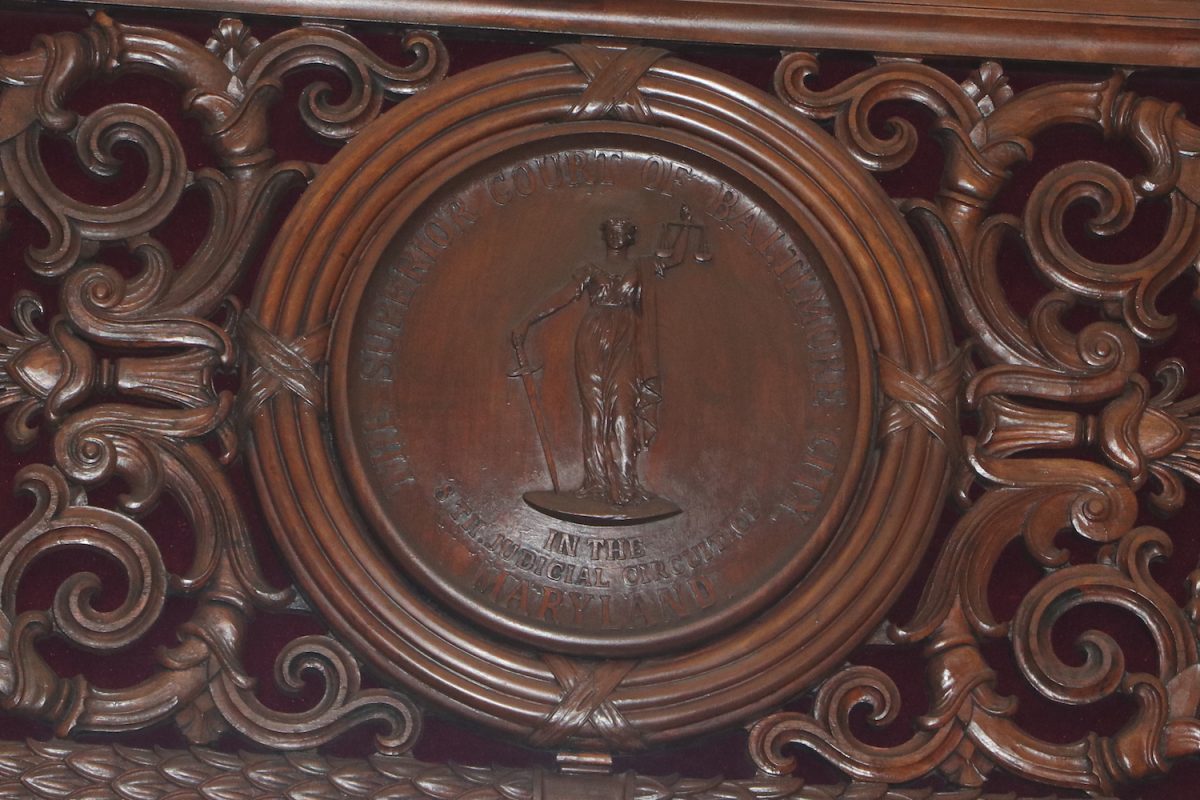
Thank you for reading Baltimore Witness. Help us continue our mission through 2024.
Donate now
By Sophia Strocko, Alexander Taylor – 5 July 2024
Court | Daily Stories | Suspects |
“We know exactly what happened that night. He was the driver. He was complicit,” the prosecutor told the jury during his closing argument in the murder trial of a defendant on July 3.
Kevin Dudley, 41, is charged with two counts of first-degree murder and one count each of use of a firearm during a serious crime of violence and illegal possession of a regulated firearm in connection with the murder of 18-year-old Kozee Spriggs on June 3, 2021.
Before Judge Yolanda A. Tanner of Baltimore City Circuit Court, prosecutors walked the jury through a detailed timeline and video footage from the night of Spriggs’ murder. According to the prosecution’s account, although Dudley was not Spriggs’s shooter himself, he was guilty of premeditated murder as an accomplice.
The prosecutor alleged that Dudley was the renter and driver of the red Chrysler seen on video in an alley next to where Spriggs’ decomposing body was later found in the backyard of a residence in the 1300 block of Ensor Street. Two unidentified men were observed removing a body from the trunk of the vehicle and disappearing into the woods. When the two individuals returned to the car, they fled the scene.
“We’re not saying Kevin Dudley pulled the trigger that night. But we’re saying he was an accomplice,” the prosecutor told the jury. “Driving a girl in your trunk to a deserted area at two in the morning – that’s a conspiracy.”
Prosecutors also reminded jurors that despite the premeditated murder charge, Dudley broke the law by carrying a firearm in his vehicle the night of the murder because of a previous conviction for a weapons offense that prohibited him from possessing a firearm.
In her closing argument, Dudley’s defense attorney Anne-Marie Gering argued that Dudley could not have been at the crime scene because his phone was tracked across town at the same time as Spriggs’ murder.
She also mentioned that the video footage shows no one in the trunk of the car – the location where Dudley and Spriggs’ shooter allegedly took Spriggs – and that Spriggs’ DNA found in the trunk could have come from her putting something of hers in there.
Furthermore, Gering argued that Dudley had no motive to kill Spriggs.
“Justice may consist of convicting someone of a crime, but I think it is even more important to prevent someone from being convicted of a crime they did not commit,” Gering said.
In its rebuttal, the public prosecutor stated that the absence of the telephone at the crime scene merely showed that the telephone and not the defendant was not at the crime scene.
Follow this case




